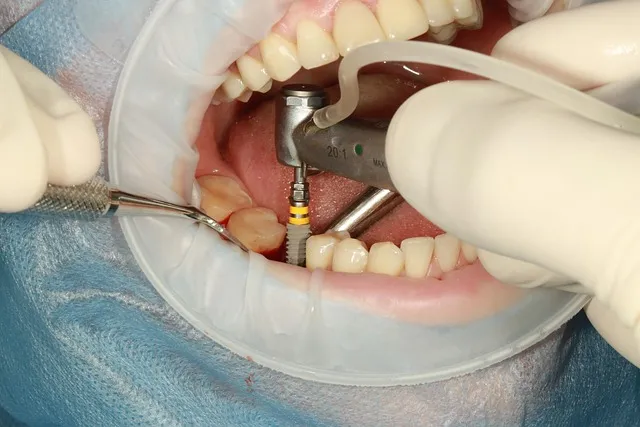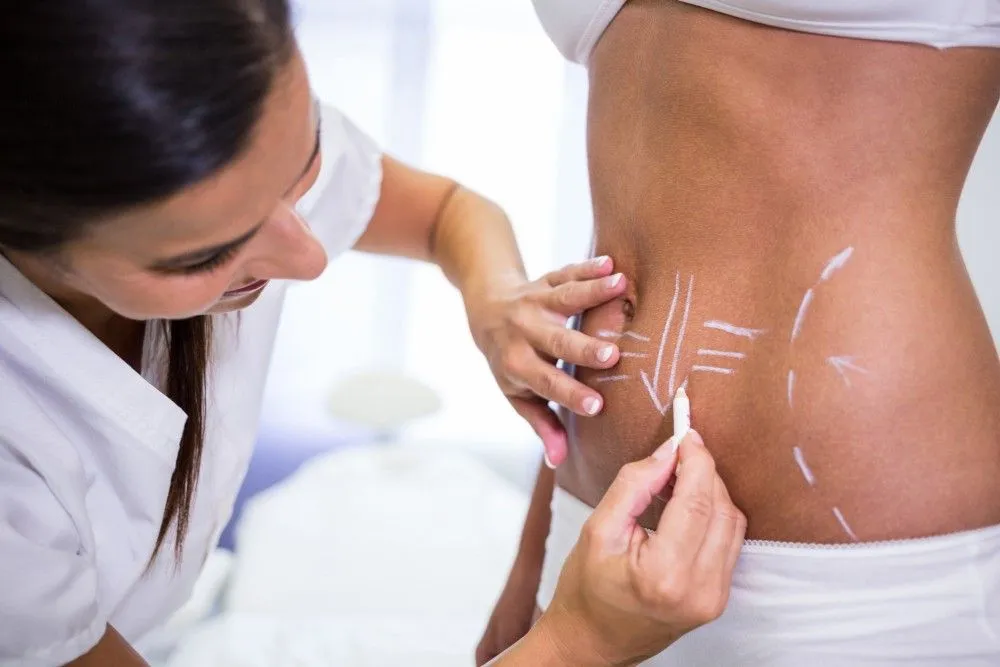What is Liposuction?Liposuction, also known as liposculpture or suction-assisted lipectomy, is a surgical technique to remove unwanted body fat from specific areas of the body. The technique is a form of cosmetic surgery that is mostly done to improve appearance, though it is sometimes carried out to treat health conditions. It must be noted, however, that liposuction is not a treatment for obesity, nor does it remove stretch marks or cellulite. Liposuction is most commonly performed on abdomen, thighs, hips, buttocks, neck or arms. Common reasons for undergoing the procedure: #1. Improvement of appearance This procedure has become the foremost choice of the people who are unable to lose weight and fat from small areas like the abdomen, arms, buttocks, calves, chest, back, thighs or neck through lifestyle changes like exercise and healthy diet. #2. Treatment of health conditions It is sometimes used to treat certain conditions like: Get connected with Dr. Vikas Panthri for any queries on Liposuction - FREESources:"Liposuction," MayoClinic.com, Mayo Clinic Staff, https://www.mayoclinic.org/tests-procedures/liposuction/basics/definition/prc-20012579"Liposuction," WebMD.com, https://www.webmd.com/beauty/liposuction/liposuction"Liposuction," NHS.uk, https://www.nhs.uk/conditions/Liposuction/Pages/Introduction.aspx"Liposuction Information," FDA.gov, U.S. Food and Drug Administration, https://www.fda.gov/MedicalDevices/ProductsandMedicalProcedures/SurgeryandLifeSupport/Liposuction/default.htm Image source: www.delucaplasticsurgery.com
- Lyphodema - Accumulation of fluid from the lymphatic system in body tissue rather than draining out causes swelling, numbness and discomfort. Liposuction is carried out in severe cases.
- Gynaecomastia - This condition causes enlarged breasts in men due to fat swellings in nipples, which could be caused by some medication or hormonal imbalance. Liposuction may be used to remove these swellings.
- Lipodystrophy syndrome - A side effect of certain medication can cause fat deposition in one area and loss from another.
- Lipodema - This refers to the abnormal build-up of fat cells in legs, hips and thighs, almost exclusively in women. Liposuction is the only effective treatment known.
- Extreme weight loss - Liposuction may be done after extreme weight loss as part of the process to remove excess skin or other abnormalities.
- Tumescent liposuction - This is the most common form of the procedure that begins with injecting a sterile solution (mixture of salt water, anaesthetic and drug to cause constriction of blood vessels) into the area being treated. This causes the area to swell and stiffen. Small cuts are made into the skin through which a thin tube (cannula) connected to a vacuum is inserted in the skin. The cannula suctions fluid and fat from the body.
- Ultrasound-assisted liposuction (UAL) - Sometimes used together with tumescent liposuction, UAL involves insertion of a metal rod that emits ultrasonic energy under the skin to rupture fat cell walls and its liquefaction for easier removal.
- Powered liposuction - During this surgery, the vibratory motion of a cannula in a back-and-forth motion pulls out tough fat. Powered liposuction allows a surgeon to remove fat with more precision, with less pain and swelling. It is more commonly used on areas like the knees, ankles and arms.
- Fluid accumulation - Temporary sockets of fluid may form under the skin.
- Contour irregularities - Skin may appear wavy, bumpy or withered due to uneven fat removal from the body. There could be permanent spotting under the skin where cannula is inserted during the surgery.
- Numbness - Numbness in the affected area could be temporary or permanent.
- Infection - Skin infections may occur in rare cases.
- Fat embolism - Loosened fat pieces can become trapped in a blood vessel and reach lungs or brain.
- Internal puncture - A cannula may puncture too deep into the skin, puncturing an internal organ.
- Kidney or heart complications - These may result from the rapid shifts in fluid levels due to injections and suctions as part of the procedure.
The results of a liposuction surgery can be long-lasting as long as the patient maintains his/her weight. Fat distribution in the body could change if the person gains weight after liposuction.
This write-up was contributed to Credihealth by:
[caption align="alignleft" width="170"] Dr. Vikas Panthri - Founder & Managing Director, Radiant Enhance Clinic[/caption] The Founder & Managing Director and Head of the department of Plastic Surgery in Radiant Enhance Clinics, Dr Vikas Panthri has several years of rich professional experience in his field. Dr Vikas Panthri has treated several patients in India and gives every patient the best of medical care. Dr Panthri has published several papers in India and abroad and is a member of prestigious medical associations. He believes in promoting health awareness and following a healthy lifestyle. His compassionate patient care and lifestyle advocacy has helped several patients to recover from various disorders. As a committed doctor, he has undergone specialized training programs and has attended many conferences held across the country.
Dr. Vikas Panthri - Founder & Managing Director, Radiant Enhance Clinic[/caption] The Founder & Managing Director and Head of the department of Plastic Surgery in Radiant Enhance Clinics, Dr Vikas Panthri has several years of rich professional experience in his field. Dr Vikas Panthri has treated several patients in India and gives every patient the best of medical care. Dr Panthri has published several papers in India and abroad and is a member of prestigious medical associations. He believes in promoting health awareness and following a healthy lifestyle. His compassionate patient care and lifestyle advocacy has helped several patients to recover from various disorders. As a committed doctor, he has undergone specialized training programs and has attended many conferences held across the country.
 Dr. Vikas Panthri - Founder & Managing Director, Radiant Enhance Clinic[/caption] The Founder & Managing Director and Head of the department of Plastic Surgery in Radiant Enhance Clinics, Dr Vikas Panthri has several years of rich professional experience in his field. Dr Vikas Panthri has treated several patients in India and gives every patient the best of medical care. Dr Panthri has published several papers in India and abroad and is a member of prestigious medical associations. He believes in promoting health awareness and following a healthy lifestyle. His compassionate patient care and lifestyle advocacy has helped several patients to recover from various disorders. As a committed doctor, he has undergone specialized training programs and has attended many conferences held across the country.
Dr. Vikas Panthri - Founder & Managing Director, Radiant Enhance Clinic[/caption] The Founder & Managing Director and Head of the department of Plastic Surgery in Radiant Enhance Clinics, Dr Vikas Panthri has several years of rich professional experience in his field. Dr Vikas Panthri has treated several patients in India and gives every patient the best of medical care. Dr Panthri has published several papers in India and abroad and is a member of prestigious medical associations. He believes in promoting health awareness and following a healthy lifestyle. His compassionate patient care and lifestyle advocacy has helped several patients to recover from various disorders. As a committed doctor, he has undergone specialized training programs and has attended many conferences held across the country.
Reviewed by







